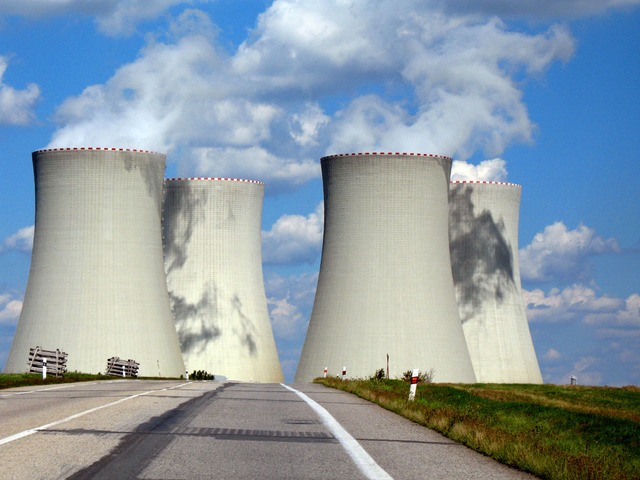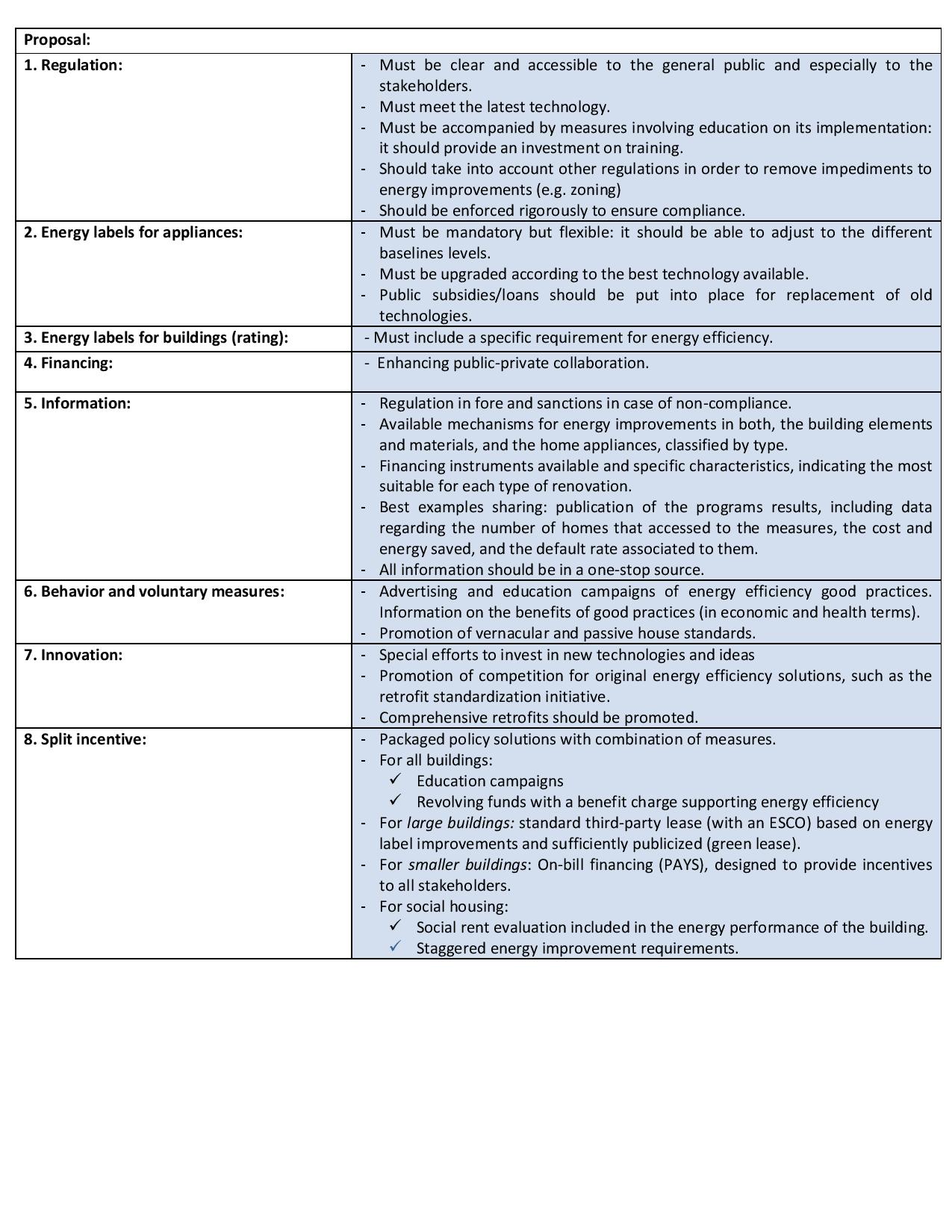By Romany M. Webb

At Tuesday’s signing ceremony, President Biden described the Inflation Reduction Act (IRA) as “one of the most significant laws in our history.” Political rhetoric aside, its passage is a major achievement. After decades of inaction on climate change, the U.S. Congress has finally taken a step forward. The IRA allocates billions of dollars to support the development of renewable energy, electric vehicles, and other clean technologies that will drive down greenhouse gas emissions. But, like much of what happens in Congress, the IRA is a compromise.
Many have complained that the IRA includes provisions that benefit the fossil fuel industry. Of particular concern is a section that prevents the Department of the Interior (DOI) from leasing federal land for wind and solar energy projects unless it has offered a certain amount of land for lease for oil and gas development. Tying the leasing of land for renewable energy projects to fossil fuel development in this way is problematic for a host of reasons. But its real world impact might be more limited than many fear.
The IRA only conditions the issuance of leases for renewable energy projects on the offering of land for oil and gas development. There is no requirement that oil and gas leases actually be sold. In recent years, industry interest in developing oil and gas resources on federal land has declined, leading to fewer leases being sold. That trend is likely to continue in coming years as a result of other changes to the federal land leasing program mandated by the IRA, as well as various market forces.
Leases for oil and gas development on federal land are issued by DOI’s Bureau of Land Management (BLM) under two key statutes – the 1920 Mineral Leasing Act (MLA) and the 1976 Federal Land Policy and Management Act (FLPMA). Both Acts are highly supportive of oil and gas development on federal lands. FLPMA, for example, emphasizes “the Nation’s need for domestic sources of minerals” and declares “mineral exploration and production” to be a “principal or major use” of federal land.
Private parties can nominate parcels of federal land for leasing for oil and gas development. BLM can also offer land for lease on its own initiative. In both cases, the MLA mandates that BLM offer leases via a competitive auction process, in which interested parties bid on the land. BLM currently accepts bids at or above $2 per acre. If no such bids are received, BLM must offer the land for lease on a non-competitive basis. Where that occurs, the land can be leased to the first person who applies for it and pays a modest application fee (currently $450).
This approach to leasing has been criticized on various grounds. Starting with the nomination process, BLM allows nominations to be submitted anonymously, and so has no way of verifying that entities expressing interest in a parcel of land actually want to develop the oil and gas resources it contains. This has created opportunities for developers to “game the system.” In recent years, there have been reports of developers nominating land for lease, failing to bid at auction, and then acquiring the land afterwards basically for free.
Lease fee structures have also been widely criticized. Under the MLA, lessees are required to pay both rental fees (based on the acreage leased) and royalties (based on production levels). The MLA establishes minimum rent and royalty rates. Rents must be at least $1.50 per acre for the first five years of the lease and $2 thereafter. Royalties must be at least 12.5% of production.
BLM has authority under the MLA to increase rents and royalties above these minimum levels. Numerous reports by the Governmental Accountability Office and others have recommended increases. BLM has itself recognized that its low rent and royalty rates are “out of step with modern times” and should be increased. Earlier this year, for the first time in over 100 years, BLM sold its first leases subject to an 18.75% royalty rate. It has still not increased rents, however.
Fortunately Congress is stepping in. The IRA requires BLM to make major changes to its oil and gas leasing program, including:
- requiring BLM to collect a fee of at least $5 per acre from any person who nominates federal land for oil and gas leasing;
- prohibiting BLM from issuing oil and gas leases on a non-competitive basis;
- establishing a minimum bid of $10 per acre for leases sold competitively;
- increasing the minimum rent to $3 per acre for the first 2 years of a lease, $5 per acre for the subsequent 6 years, and $15 per acre thereafter;
- increasing the minimum royalty rate to 16.66%; and
- requiring royalties to be paid on all gas produced on leased land, including gas that is consumed or lost on-site through flaring or venting, which is currently often allowed rent-free.
All of these changes are likely to discourage oil and gas development on federal lands. Industry claims that, even under the existing leasing program, developing oil and gas resources on federal lands is often prohibitively costly. The changes mandated by the IRA will further increase costs.
Even before the changes, industry interest in developing oil and gas resources on federal lands was declining. Over the last two decades, the number of new oil and gas leases on federal lands has dropped by 73% from 3,289 in FY2001 to just 889 in FY2020. The acreage covered by those new leases declined by 55% from nearly 4 million acres in FY2001 to just over 1.8 million acres in FY2020.
Even during the Trump administration, when huge amounts of land were offered for lease at low rent and royalty rates, industry did not bite. In 2017, for example, the Trump administration offered nearly 12 million acres of federal land for oil and gas lease. Industry bid on less than 800,000 acres. An additional 321,000 acres were subsequently acquired through the non-competitive leasing process. But more than 90% of the land offered was not leased.
Looking ahead, the new nomination fees and increased bids, rents, and royalties established by the IRA will make acquiring oil and gas leases through the competitive auction process less attractive to industry. And industry will no longer be able to acquire leases on a non-competitive basis. All of this suggests that, while the IRA does not fulfill President Biden’s campaign promise to “ban[] new oil and gas permitting” on federal lands, it could very well lead to fewer acres of federal land being leased for oil and gas development, leaving more of that land available for renewable energy development and other uses.
This is test biographical description.



